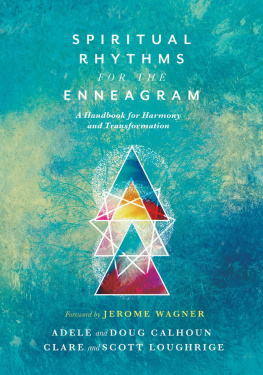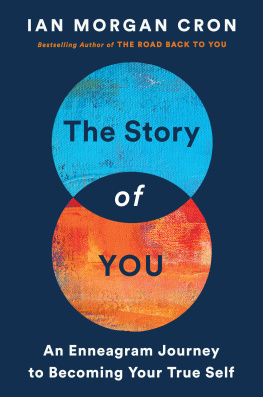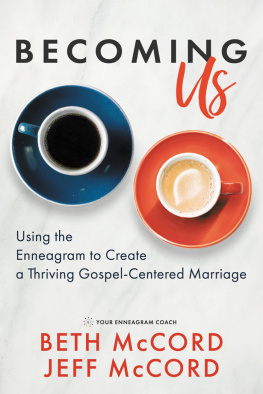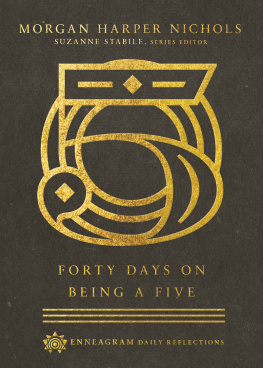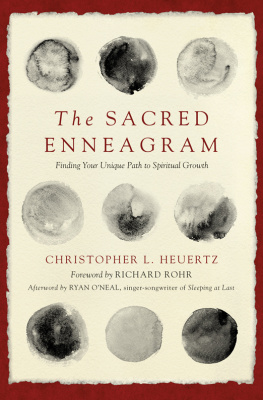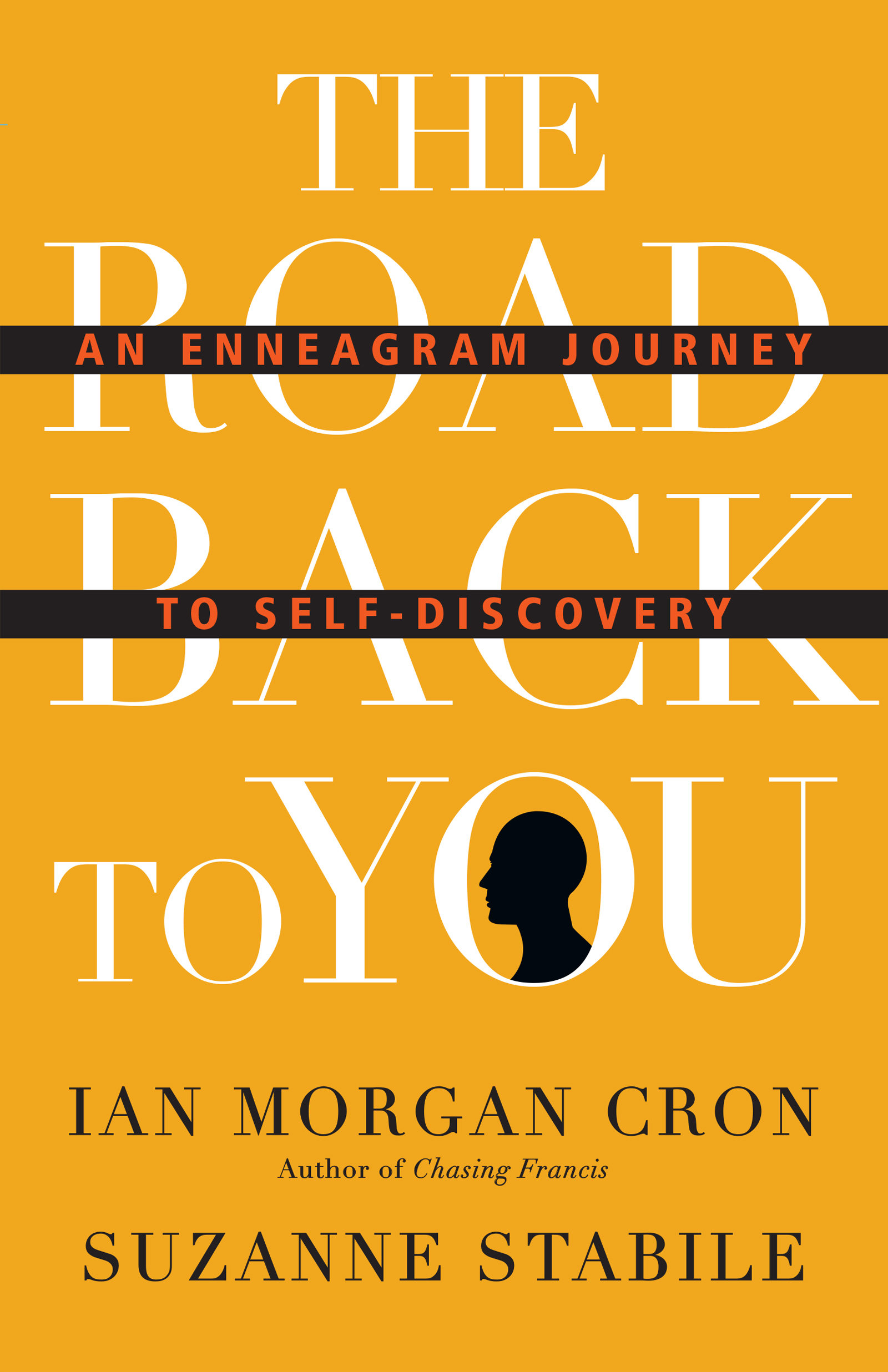Contents
Lead me, follow me, or get out of my way.
General George S. Patton Jr.
You cannot find peace by avoiding life.
Virginia Woolf
Perfectionism is the voice of the oppressor, the enemy of the people.
Anne Lamott
I want you to be happy, but I want to be the reason.
Unknown
The real question is, can you love the real me?... Not that image you had of me, but who I really am.
Christine Feehan
If youve ever had that feeling of loneliness, of being an outsider, it never quite leaves you.
Tim Burton
I think I am, therefore, I am. I think.
George Carlin
Theres no harm in hoping for the best as long as youre prepared for the worst.
Stephen King
Just think of happy things, and your heart will fly on wings!
Peter Pan
The beginning of love is the will to let those we love be perfectly themselves.
Thomas Merton
1
A Curious Theory of Unknown Origin
One Saturday morning, my cell phone rang at 7:00 a.m. Only one person in the world dares call me at that hour.
Is this my youngest son, Ian? my mother said, pretending to be unsure shed called the right number.
Yes, its me, I said, playing along.
What are you working on? she asked.
At that moment I wasnt working on anything. I was standing in the kitchen in my boxers wondering why my Nespresso was making end-of-life noises and imagining all the sad ways an early morning conversation with my mother could end if my coffeemaker broke and I was deprived of my days first cup.
Im thinking about writing a primer on the Enneagram, I said, gratefully watching a black stream of coffee love fill my mug.
The sonogram? she shot back.
No, I said the
The anagram? she said, firing a second round before I could stop her.
Enneagram. Enneagram! I repeated.
Whats the any-a-gram? she said.
My mother is eighty-two years old. For sixty-seven of those years she has smoked Pall Malls, successfully avoided exercise and eaten bacon with impunity. She has never needed glasses or a hearing aid and is so spry and mentally acute youd think nicotine and inactivity were the keys to a long and happy life. Shed heard what I said the first time.
I smiled and continued with one of my Enneagram elevator speeches. The Enneagram is an ancient personality typing system. It helps people understand who they are and what makes them tick, I said.
There was a long, utterly airless silence on the other end of the phone. I felt like I had been suddenly flung wildly into a black hole in a far-off galaxy.
Forget the angiogram. Write a book about going to heaven and coming back, she said. Those authors make money.
I winced. They also have to die first.
Details, she purred, and we laughed.
My mothers tepid response to the idea of my writing a book about the Enneagram gave me pause. I had my own reservations about the project as well.
When my grandmother didnt know what to make of something she would say it was novel. I suspect thats how shed describe the Enneagram. No one knows for certain when, where or who first came up with the idea for this map of the human personality. What is clear is that its been a work in progress for a long time. Some trace its origins back to a Christian monk named Evagrius, whose teachings formed the basis for what later became the Seven Deadly Sins, and to the desert mothers and fathers of the fourth century, who used it for spiritual counseling. Some say that elements of the Enneagram also appear in other world religions, including Sufism (the mystical tradition within Islam) and Judaism. In the early 1900s an undeniably strange teacher named George Gurdjieff used the ancient nine-pointed geometric figure, or enneagram, to teach esoteric subjects unrelated to personality types. (I know, I know: if I end the story here I could add Harrison Ford and a monkey and have the backstory for an Indiana Jones movie. But wait, the plot thins!)
In the early 1970s a Chilean named Oscar Ichazo happened upon the Enneagram and made significant contributions, as did one of his pupils, an American-trained psychiatrist named Claudio Naranjo, who developed it further by weaving insights drawn from modern psychology into it. Naranjo brought the Enneagram back to the United States and presented it to a small group of students in California, including a Catholic Jesuit priest and educator on sabbatical from Loyola Seminary named Father Robert Ochs.
Impressed with the Enneagram, Ochs returned to Loyola, where he taught it to seminarians and priests. It soon became known among clergy, spiritual directors, retreat leaders and laypeople as a helpful aid to Christian spiritual formation.


